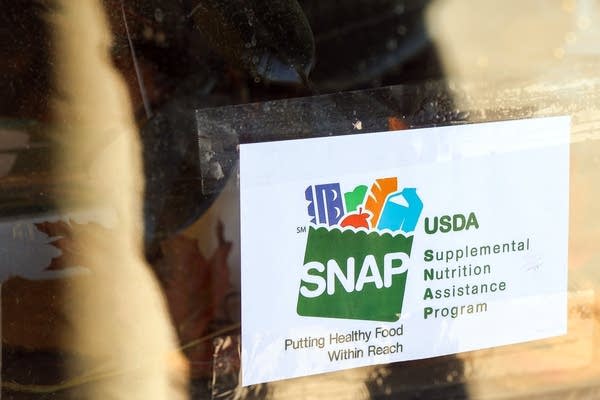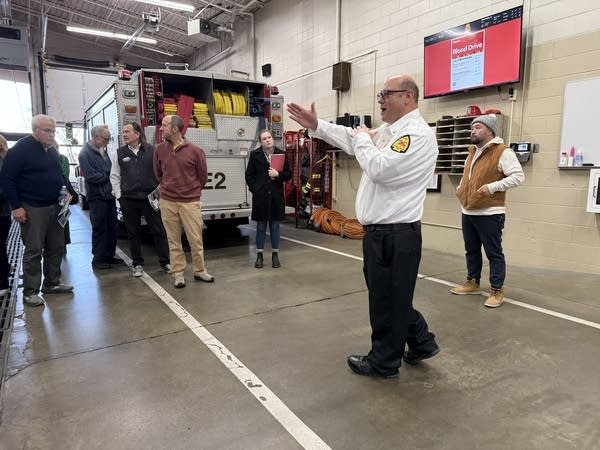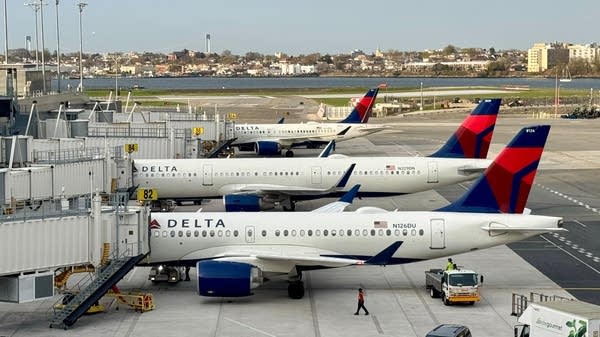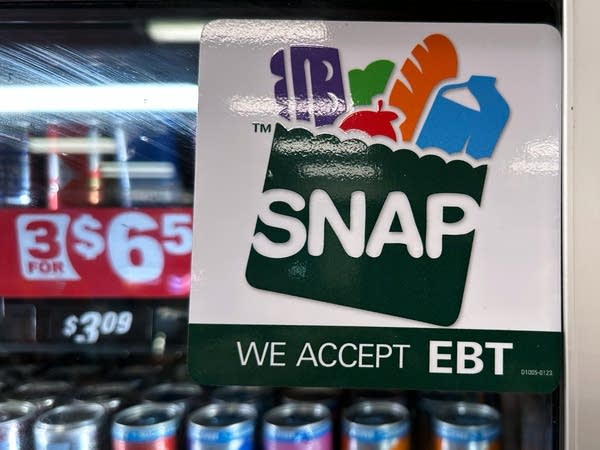How SNAP eligibility changed for 38,000 Minnesotans
Description
Minnesotans who rely on government food assistance through the Supplemental Nutrition Assistance Program, or SNAP, have received money for November after weeks of turmoil. The federal government shutdown led to delays, confusion and a legal battle over SNAP. When the smoke cleared, the program had entered a new stage.
Major changes to SNAP eligibility have taken effect under the “One Big Beautiful Bill Act,” the Republican tax and spending law passed by Congress in July.
More than 440,000 Minnesotans receive SNAP benefits. That’s equal to about one in 13 people in the state. The money they receive averages to about $5.46 per person, per day.
Here’s how the program is changing.
Many immigrants are no longer eligible.
The law removed 9,000 refugees and immigrants with temporary legal status in Minnesota from the SNAP program, according to the state Department of Children, Youth and Families. This includes people with asylum and humanitarian parole. It also includes Hmong, Afghan and Iraqi immigrants who were allowed to stay in the U.S. after assisting the military.
Permanent residents, or green card holders, are still eligible for SNAP. The USDA sent a letter to state agencies on Oct. 31 directing them to implement the eligibility changes.
Sophia Lenarz-Coy is executive director of the Minnesota organization The Food Group, which runs the Minnesota Food Helpline. “For legal immigrants who were eligible but now aren't, we can help find those other local resources that can at least help fill some of the gap,” she said.
Older adults and parents of teenagers will need to meet work requirements.
Previously, non-disabled adults who did not have dependents and those over the age of 64 had to prove they were working to receive SNAP. As of Nov. 1, work restrictions apply to a wider group of adults, including parents of teenagers and older adults over age 54. The law also removed exemptions for young adults who were in foster care and veterans.
The state estimates work requirements apply to 29,000 additional Minnesotans under the changes. To comply, they will need to show they are working, volunteering or receiving job training for at least 80 hours per month.
People can receive up to three months of benefits without meeting work requirements, so no one will lose SNAP right away for not proving they are working.
The rollout of work requirements is still taking shape.
Lenarz-Coy said the shutdown delayed the USDA’s guidance to states on work requirements and some of the reporting details are still unclear.
In the long term, Lenarz-Coy is concerned the expanded work rules will lead to longer wait times and more barriers to access.
“In Minnesota, we are a county-administered SNAP system. So that means that 87 different counties have financial workers who are going to navigate all these paperwork requirements and have to work with their caseloads on how to do it,” she said. “So, in a time where the federal government is also cutting back on the administrative funding for the program for SNAP, it also is becoming more complicated.”
In the next two years, other provisions in the “One Big Beautiful Bill Act” will shift more responsibility for funding SNAP onto states. These provisions will take effect in October 2026 and 2027.
Use the audio player above to listen to MPR News host Nina Moini’s interview with The Food Group Executive Director Sophia Lenarz-Coy.
Subscribe to the Minnesota Now podcast on Apple Podcasts, Spotify or wherever you get your podcasts.
























